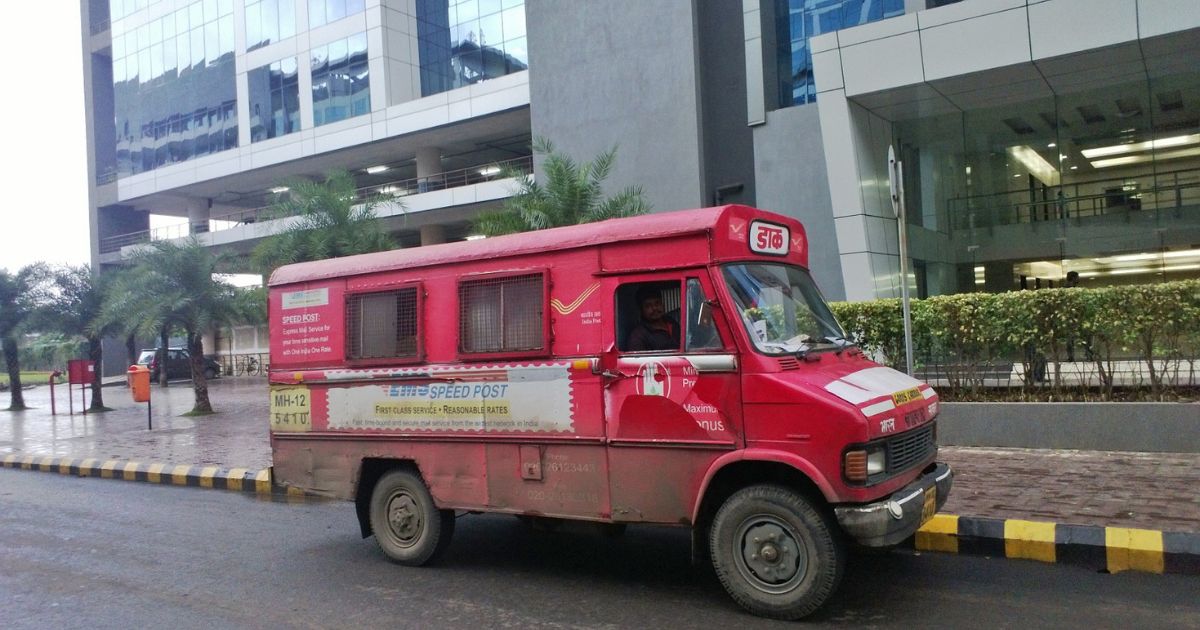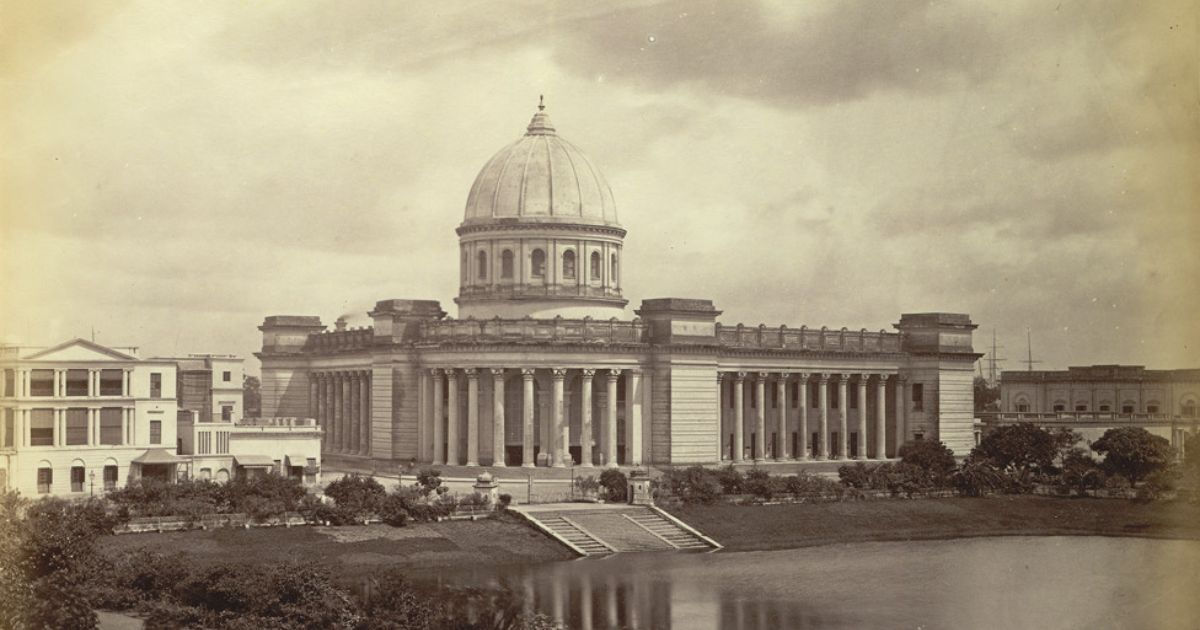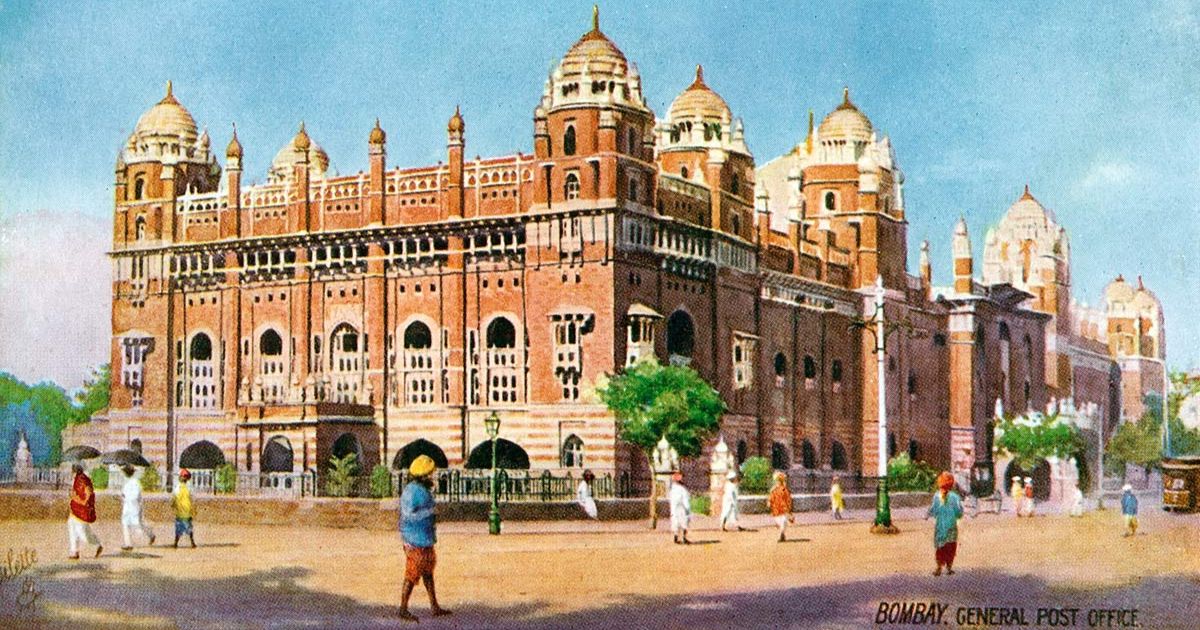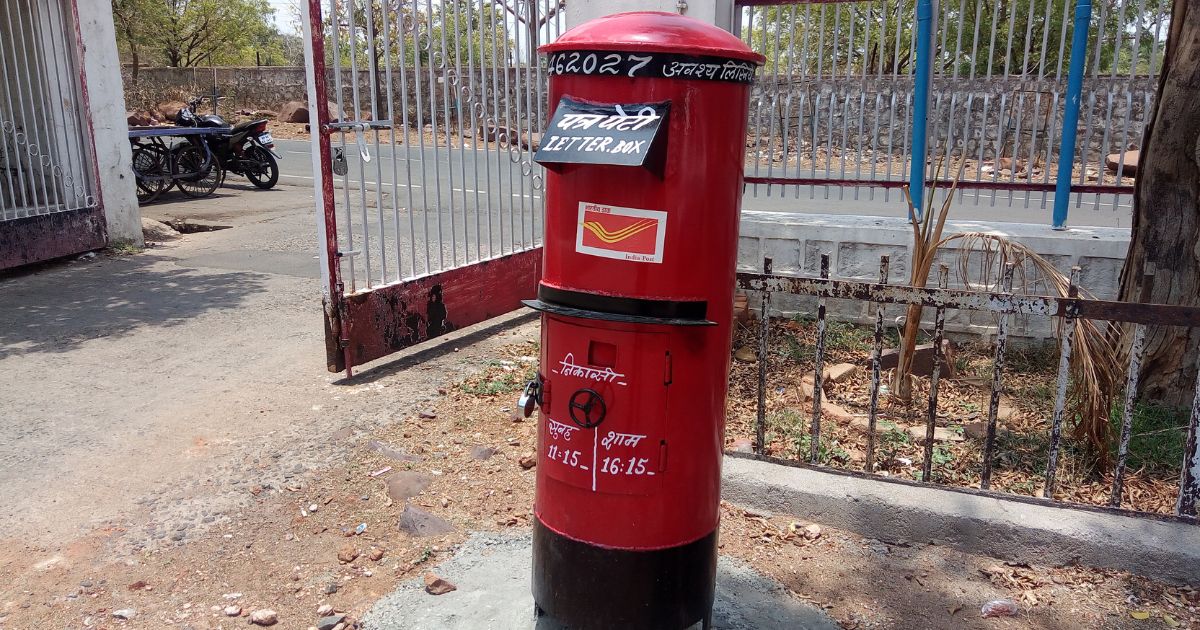The history of the Indian postal service: from the Mauryans to post-independence
By Aniket Gupta | 02 Apr 2024

Remember the good old days when the postman, clad in his iconic khaki uniform, traversed neighborhoods, diligently delivering letters? In today’s fast-paced world dominated by WhatsApp, e-mail, and SMS, most people have forgotten the experience of receiving a personalized handwritten letter from relatives and friends. But there was a time when India Post was the pillar of communication in India, connecting hundreds of millions of Indians… until it was hit by the digital revolution.
What does India Post do?
India Post is a postal system operated by the Indian government. It is the trade name of the Department of Posts under the Indian government’s Ministry of Communications. Its responsibilities include mail delivery, money order remittance, small savings scheme deposit acceptance, life insurance coverage under Postal Life Insurance (PLI), Rural Postal Life Insurance (RPLI), and retail services such as bill collection and form sales. The department also provides additional services, such as wage distribution under the Mahatma Gandhi National Rural Employment Guarantee Act (MGNREGA) and payments for old-age pensions.

India Post is the largest postal network in the world, with over 1.55 lakh post offices.
There are 23 postal circles in the country, and a chief postmaster general oversees each one. Each circle is subdivided into regions, each of which in turn is led by a postmaster general and consists of divisions or field troops. Subdivisions within these divisions exist as well. Apart from the 23 circles, there is a base circle under the leadership of a director general who oversees the nation’s postal services.

Hikkim, in Himachal Pradesh, is home to one of the highest post offices in the world. The post office at Hikkim, located 4,400 meters above sea level in the isolated Spiti Valley of northern India, is the valley's vital link to the outside world.

In August 2011, India Post opened a floating post office on Dal Lake in Srinagar, Kashmir.
History of postal service in India
This practice of communication has roots dating back thousands of years; it was. The oldest system was a courier system, transmitting oral or written messages from sender to receiver, who might be royals, military commanders, or merchants.
Some historians attribute key advancements in the Indian postal system to the Mauryan dynasty, particularly during the reign of Emperor Chandragupta Maurya. Facing the challenge of maintaining communication across vast territories, Chandragupta’s pigeon posts carried messages attached to the legs of messenger pigeons, relying on their remarkable navigation skills to deliver messages to intended destinations. Pigeon posts, initially utilized by the Persians around 550 BCE and later adopted by the Greeks, remained a vital mode of communication until the advent of the telegraph in 1837.
Fun fact: The last pigeon post service in the world was in Cuttack, Orissa, India, until its closure in 2008. Although operational activities ceased, many pigeons are still cared for in Cuttack and at the Police Training College in Angul, Orissa, albeit for ceremonial purposes only.
In the 13th century, during the rule of Allauddin Khilji, the horse and foot postal service, also known as dak chowki, was regularly used to maintain effective communication and administration throughout the vast expanse of the Delhi Sultanate. In this system, both horses and foot messengers carried messages, official decrees, and intelligence reports.

During the Mughal rule, founded in 1526 by Babur, who migrated to India from Uzbekistan, communication along the Agra-Kabul route was revolutionized by introducing runner services, with six horses stationed every 36 miles (58 km) for swift message exchange.

Sher Shah Suri further improved this system by constructing the Grand Trunk Road and rest houses called serais, or caravanserais. These serais are maintained for horses and riders ready to ride off to deliver messages. It is said that Sher Shah maintained 3,400 horses and riders solely for this purpose. He also opened the doors of this postal service to the common people for the first time in the history of India.
Other, less known, messenger services served royal and merchant interests in other parts of India.
British Raj and the postal service in India
The establishment of a single, unified postal service in India happened during the British Raj. By transferring control of India from the East India Company to the Crown, then represented by Queen Victoria, Britain formally established the British Raj in 1858. With this action, direct British authority over India officially commenced.
The British recognized that to maintain control over their vast territories in India, they needed a reliable mail system. The creation of a unified postal service was crucial for effective governance and regional economic growth.
The East India Company had already initiated some changes in the Indian postal system. In the early 18th century, the Company had begun constructing post offices across India, the first of which was established in Calcutta, as Kolkata was then known, in 1727.
Warren Hastings, India’s first governor-general, restructured the country’s postal system to cater to the needs of colonial officers, soldiers, and traders. So a comprehensive postal network emerged in 1774, with post offices dotting the entire geography of India. This postal network was referred to as ‘company mail’.

During the next two decades, three nodal general post offices (GPOs) were established. They were located at Calcutta, Madras (now Chennai), and Bombay (now Mumbai) in 1774, 1786, and 1794, respectively.

In 1854, Lord Dalhousie expanded the network by setting up additional post offices throughout India and transforming the company mail into a regular postal service. The India Post Office Act of 1854, pushed through by Dalhousie, helped consolidate the postal system and also established the position of director general of posts for India. Today, the director general of postal services heads India Post.

The India Post Office Act of 1854 created a network of post offices and developed policies for running and overseeing them. The law made it easier to communicate effectively across great distances by regulating postal rates and guaranteeing secrecy. By facilitating better communication and information exchange, it provided a boost to colonial India’s socio-economic development and offered a structure for resolving postal disputes.
Throughout the second half of the 19th century, the Indian postal service experienced significant progress. Not only were communications within British India enhanced, but connections with the rest of the world were also established.
In 1873, a notable achievement was the introduction of embossed envelopes, which were made available for sale. This innovation simplified the mailing process for individuals and businesses, providing them with a convenient option for correspondence.
Three years later, in 1876, India’s integration into the Universal Postal Union signified a crucial step towards standardizing international postal services. This membership allowed for streamlined communication and postal exchange between India and other countries.
The years 1879–1880 witnessed the introduction of postcards and the launch of the Railway Mail Service and Money Order system. Postcards revolutionized communication by offering a cost-effective and efficient means of sending brief messages, while the Railway Mail Service and Money Order system facilitated secure and reliable money transfers across regions.
In 1882, the establishment of the Post Office Savings Bank provided the public with a reliable platform to deposit their savings, encouraging financial inclusion and promoting thrift among the populace.
Two years later, in 1884, the launch of Post Life Insurance further diversified the services offered by the postal department, extending financial security to policyholders and their families.
Another significant development occurred in 1886 with the introduction of the sale of one-anna revenue stamps.
Moving into the late 19th century, the year 1898 marked the introduction of the Post Office Act VI on July 1st, which aimed to further enhance and regulate postal services across the country. Additionally, on 25th December of the same year, the introduction of Imperial Penny Postage further facilitated affordable and accessible postal services for the public.
The British merged the postal department and the telegraph department in 1914 to create the posts and telegraphs department and to derive greater efficiency from economies of scale since there were many synergies between the two services.
In 1935, the Indian postal order was introduced, providing a secure and convenient method for making payments and conducting financial transactions through the postal system.
So the British made several improvements in the postal system, arguably because of their vested interests. India, after independence, took some giant strides in improving Indian Posts and taking it to its peak. Then came the downfall.
Indian postal service after independence
After gaining independence, India further developed its postal service, first as a part of the Indian Posts and Telegraphs Department and later as a separate department of posts under the Union Ministry of Communications. The department now uses the brand name ‘India Post’ for its operations.

When India gained its independence on 15th August 1947, it had 23,344 post offices, most of them located in urban areas. By 2016, more than 1.5 lakh post offices had been opened across the country, 90% of them in rural areas.
The Department of Posts then began to run the service we now know as India Post. This avatar did perfectly well until the arrival of the Internet put a spanner in its works. In the past two decades, as the Internet grew by leaps and bounds, providing mostly free email services, India Post fell behind, the staff was demoralized, and the organization lost its efficiency. Since then, its relevance has remained mostly a fond memory of the glorious past.
But we must remember that with its many service offerings across the vast and diverse land that is India, the postal service has remained an essential national institution in independent India since 1947.
Organizational structure
At the top of the postal department’s organizational hierarchy is the directorate, which is followed by superintendents’ offices, circle offices, regional offices, head post offices, sub-post offices, and branch offices.

In April of 1959, the Indian postal department adopted the motto 'service before self’, signifying its commitment to putting the needs of the general public first. And the department did indeed serve the interests of hundreds of millions of Indians daily and diligently.
The birth of PIN
The Postal Index Number (PIN), commonly known as the PIN code, is a six-digit postal code system used in India. It was developed by Shriram Bhikaji Velankar while he was working in Kolkata. This system was officially implemented on 15th August 1972, during the tenure of former Prime Minister Indira Gandhi.
India is divided into nine postal zones, with the first eight zones representing geographical regions, while the ninth zone is designated for the Army Postal Service.
The structure of the PIN system is as follows: the first digit denotes the primary zone, the first two digits represent the sub-zone or postal circle, the first three digits indicate a sorting district, the first four digits signify a service route, and the last two digits specify the delivery post office.
As of 2014, there are a total of 19,101 PINs covering over 1.5 lakh post offices across India.
In 1985, the Indian government decided to split the organization into two separate departments, one for posts and the other for telephony and telegraphic services (the Department of Telecommunications, or DoT). Under the DoT, amateur radio and satellite phones were also covered to begin with, and later mobile telephony was added to the portfolio as a natural adjunct to telephone services.

As digital communication advances, the tactile experience of receiving a letter or parcel remains irreplaceable. India Post’s enduring presence serves as a bridge between generations, and despite modernization, its commitment to reliability and accessibility remains, making it an integral part of India’s socio-cultural fabric. As we embrace technological progress, let’s not forget the emotional significance of India Post, cherishing it as a timeless reminder of our shared history and connections.



















